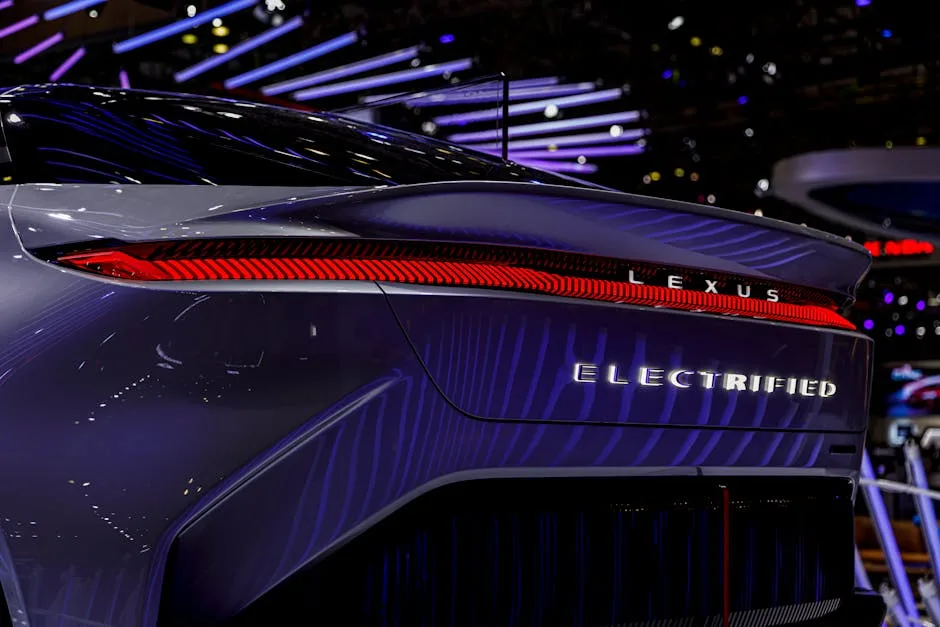
Renault and Geely, through their joint venture Horse Powertrain, have introduced an innovative and affordable solution to convert electric vehicles (EVs) into hybrid models. This development targets regions with slower EV adoption due to infrastructure limitations, offering a transitional option for consumers and businesses. The retrofit technology retains combustion engines while integrating electric components, providing multi-fuel compatibility and modular design for minimal factory adjustments1.
Technical Overview of the Hybrid Retrofit Solution
The retrofit system developed by Horse Powertrain is designed to work with existing EV architectures, allowing for seamless integration of combustion engines. The modular approach ensures compatibility with gasoline, ethanol E85, methanol M100, and synthetic fuels, making it adaptable to various regional fuel availabilities2. This flexibility is particularly useful in markets where charging infrastructure is underdeveloped or where synthetic fuel initiatives are being pursued, such as those supported by Aramco3.
One of the key advantages of this solution is its cost-effectiveness. Unlike full hybrid conversions, which often require extensive modifications, this retrofit minimizes changes to the vehicle’s core structure. Reports indicate that the system is expected to debut at Auto Shanghai 2025, with initial deployments focusing on Southeast Asia and Latin America4.
Market Implications and Challenges
While the technology presents a viable alternative for regions lagging in EV adoption, it faces several challenges. High retrofit costs, estimated at around 60 million IRR in Iran, may limit accessibility for some consumers5. Additionally, concerns remain about after-sales support and compatibility with aging EV batteries, which have not been fully addressed in current testing phases.
Despite these hurdles, the partnership between Renault, Geely, and Aramco signals a strategic move toward sustainable mobility. Geely’s expertise in hybrid systems, honed through collaborations with Volvo, lends credibility to the project6. Meanwhile, Aramco’s involvement highlights the growing interest in synthetic fuels as a bridge technology in the transition to full electrification.
Future Prospects and Industry Impact
The EU’s impending 2035 ban on internal combustion engines (ICE) could drive demand for such retrofits, particularly in markets where EV adoption remains slow. Emerging economies, where charging infrastructure is sparse, stand to benefit the most from this technology. However, consumer preferences for used hybrids over retrofits in price-sensitive markets may pose a barrier to widespread adoption7.
Looking ahead, the success of this initiative will depend on regulatory support, cost reductions, and the expansion of service networks. If these factors align, Renault and Geely’s solution could play a significant role in the global transition to greener transportation.
References
- “رنو و جیلی راهحلی ارزان برای تبدیل خودروهای الکتریکی به خودروهای هیبریدی ارائه دادند”, Digiato, 2025.
- “Renault-Geely Hybrid Retrofit for EVs”, Vista News, 2025.
- “Horse Powertrain’s Multi-Fuel Hybrid Retrofit”, Pedal.ir, 2025.
- “Geely and Renault Target Emerging Markets with Hybrid Retrofit”, KhabarFarsi, 2025.
- “High Costs Limit Hybrid Retrofit Accessibility in Iran”, IranJib, 2025.
- “Geely’s Hybrid Expertise Bolsters Retrofit Credibility”, Jeeko.ir, 2025.
- “Consumer Preferences in Price-Sensitive Markets”, KhabarFarsi, 2025.





